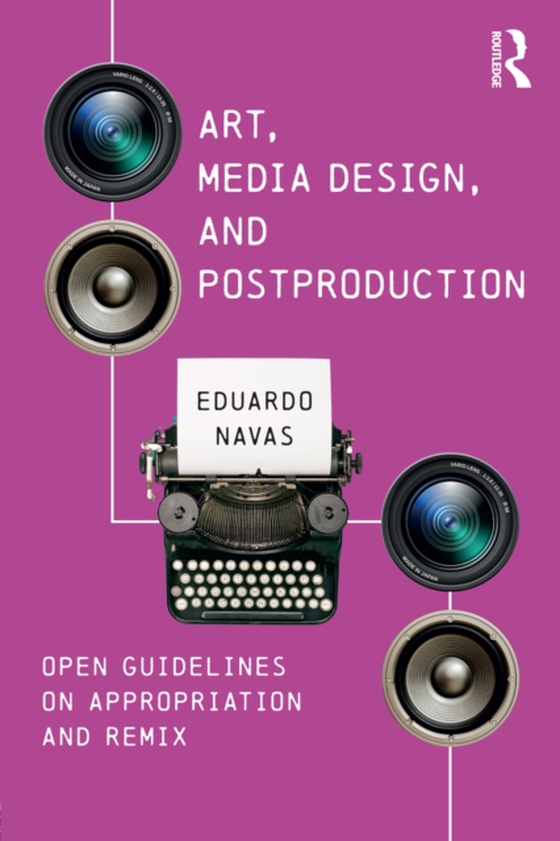
Art, Media Design, and Postproduction e-bog
403,64 DKK
(inkl. moms 504,55 DKK)
Art, Media Design, and Postproduction: Open Guidelines on Appropriation and Remix offers a set of open-ended guidelines for art and design studio-based projects. The creative application of appropriation and remix are now common across creative disciplines due to the ongoing recycling and repurposing of content and form. Consequently basic elements which were previously exclusive to postproduct...
E-bog
403,64 DKK
Forlag
Routledge
Udgivet
19 juni 2018
Længde
214 sider
Genrer
Design, Industrial and commercial arts, illustration
Sprog
English
Format
epub
Beskyttelse
LCP
ISBN
9781315453231
Art, Media Design, and Postproduction: Open Guidelines on Appropriation and Remix offers a set of open-ended guidelines for art and design studio-based projects. The creative application of appropriation and remix are now common across creative disciplines due to the ongoing recycling and repurposing of content and form. Consequently basic elements which were previously exclusive to postproduction for editing image, sound and text, are now part of daily communication. This in turn pushes art and design to reconsider their creative methodologies.Author Eduardo Navas divides his book into three parts: Media Production, Metaproduction, and Postproduction. The chapters that comprise the three parts each include an introduction, goals for guidelines of a studio-based project, which are complemented with an explanation of relevant history, as well as examples and case studies. Each set of guidelines is open-ended, enabling the reader to repurpose the instructional material according to their own methodologies and choice of medium. Navas also provides historical and theoretical context to encourage critical reflection on the effects of remix in the production of art and design.Art, Media Design, and Postproduction: Open Guidelines on Appropriation and Remix is the first book of guidelines to take into account the historical, theoretical, and practical context of remix as an interdisciplinary act. It is an essential read for those interested in remix studies and appropriation in art, design and media.
 Dansk
Dansk

